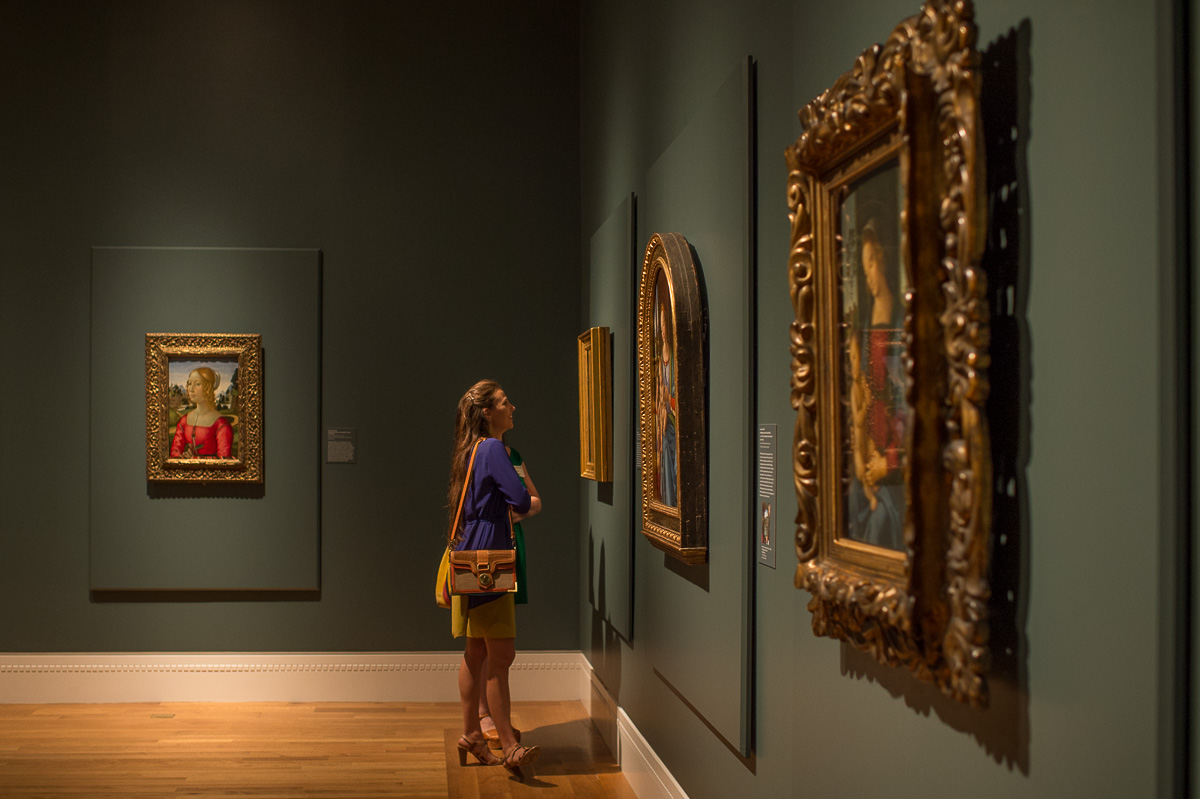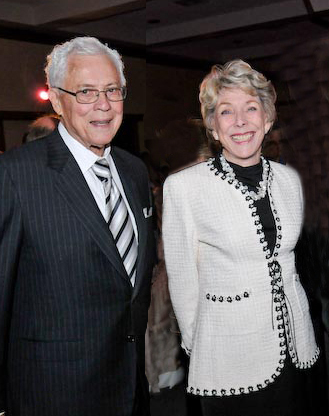Posted on Tue., Dec. 10, 2013 by

The MaryLou and George Boone Gallery is currently featuring the international exhibition "Face to Face: Flanders, Florence, and Renaissance Painting." Photo by Martha Benedict.
Today, a visit to The Huntington might seem incomplete without a stop at the MaryLou and George Boone Gallery to see the latest temporary exhibition. On view now is “Face to Face: Flanders, Florence, and Renaissance Painting,” which features the Huntington masterpiece Virgin and Child by Rogier van der Weyden. Recent shows have also showcased the strengths of the gardens (“When They Were Wild: Recapturing California’s Wildflower Heritage”) and library (“A Strange and Fearful Interest: Death, Mourning, and Memory in the American Civil War”).
So it might come as a surprise to many that The Huntington hasn’t always had a permanent venue for special exhibitions, or that the site of more than 30 exhibitions since 2000 once served as a garage for Henry E. Huntington.

The building had long served as a garage and storage facility for garden equipment.
When Huntington built his residence around 1911, he included plans for a large garage, with living quarters for a chauffeur and a mechanic. Limos and touring cars eventually gave way to trucks, tractors, and mowers. In 1994, the late philanthropist and businessman George Boone and his wife, MaryLou Boone, then a member of the Board of Overseers and later a Huntington Trustee, considered using the site for the institution’s 75th anniversary celebration the following year. Despite the dilapidated interior and the gas pumps, oil drums, and lawn mowers, the Boones saw a beautiful neoclassical building with great potential.
According to MaryLou, George took a long look and said, “This is great. All we need to do is put a coat of paint on this place and we’ve got the makings of a great party.” MaryLou noticed something else: the garage had the same style and grace as the Huntington Art Gallery (both were built by Myron Hunt and Elmer Grey), and the garage retained much of its original exterior architecture. The Boones concluded that the party would need a larger space, which prompted another idea: This particular building could serve a better purpose.

George and MaryLou Boone at the opening of the first exhibition in the Boone Gallery in 2000.
So the Boones spoke with The Huntington’s then-president, Robert Skotheim, about this forgotten structure. The next year, the couple gave $3.75 million to restore the building and turn it into a permanent venue for temporary exhibitions. This was a watershed moment, since The Huntington had never had a major space to regularly house temporary exhibitions and attendant education programs. Previously, The Huntington’s efforts to mount large temporary exhibitions in the Huntington Library required staff to close and remove permanent exhibitions, which was expensive and disruptive.
Work began in 1996 with the appointment of noted restoration architect Brenda Levin, who had led restoration projects at Los Angeles landmarks such as the Bradbury Building, the Oviatt Building, the Fine Arts Building, and the Wiltern Theatre. Levin planned to restore the classical exterior and include the process of adaptive reuse for the interior, creating a contemporary aesthetic more appropriate for an exhibition space. Levin and Laurie Sowd, The Huntington’s vice president for operations, convened a team to save the building. Sowd noted that a fairly utilitarian building was rescued from neglect and brought into the public realm for educational benefit. “You don’t have these kinds of opportunities every day,” said Sowd, who has overseen nearly 20 capital projects in her time at The Huntington. She stated, “We got to take something Mr. Huntington built and give it a life far more valuable than he could have ever imagined.”

The Boone Gallery in 2005, during the popular exhibition "The Bible and the People."
By late 1999, the exterior had been completely restored, the building surfaces reapplied, and beautiful wood floors installed. The inaugural exhibition, “The Art of Bloomsbury,” opened on March 4, 2000. As guests visited the now-christened MaryLou and George Boone Gallery, the response was immediate: The Huntington had moved forward again in its research and educational mission by fostering intellectual discovery for multiple audiences.
As visitors throng to “Face to Face” over the holiday season, we offer our thanks to MaryLou and George Boone, the philanthropists who rediscovered the building and allowed others to realize its potential.
Randy Shulman is the vice president for advancement at The Huntington.